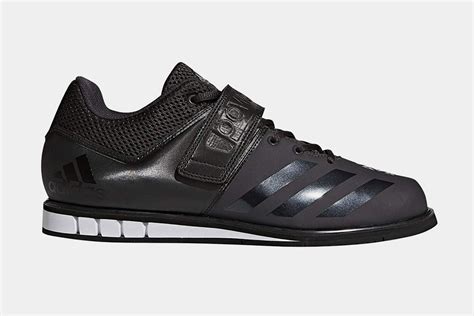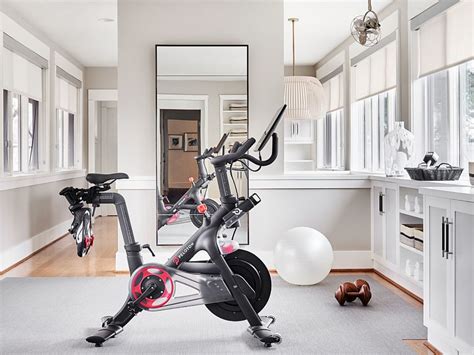Optimizing Your Workout: The Role of Smart Gear
For men dedicated to pushing their physical limits in the gym, the right gear is not just an accessory; it’s a critical component of a successful, safe, and progressive training regimen. While raw strength and proper form are paramount, specific equipment can significantly reduce injury risk, enhance stability, and ultimately boost performance, allowing you to lift heavier, train smarter, and achieve peak results.
From supporting vulnerable joints to improving grip and promoting recovery, selecting the correct gear transforms your workout from a mere exercise session into a calculated strategy for athletic excellence. Let’s delve into the indispensable gym essentials that every serious male lifter should consider incorporating into their arsenal.

Core Stability & Joint Protection: Your Foundation for Strength
Lifting Belts: Support Your Powerhouse
A high-quality weightlifting belt is invaluable for exercises that place significant stress on the lower back, such as squats, deadlifts, and overhead presses. By providing external stability to the core, a belt helps increase intra-abdominal pressure, which in turn supports the spine and reduces the risk of injury. It also serves as a proprioceptive reminder to brace your core effectively during heavy lifts, leading to safer and stronger movements.
Knee Sleeves & Wraps: Safeguard Your Hinges
Knee sleeves offer compression, warmth, and support to the knee joint, which can be particularly beneficial during squats, lunges, and Olympic lifts. They help increase blood flow, reduce discomfort, and provide a sense of stability, allowing for more confident and controlled movements. For maximum support during very heavy lifts, knee wraps can be used to store elastic energy and provide an extra ‘bounce’ out of the bottom of a squat, though they require specific technique.
Wrist Wraps: Brace for Heavy Pushing
When performing heavy bench presses, overhead presses, or even certain dumbbell exercises, your wrists can be a weak link. Wrist wraps provide crucial support by stabilizing the wrist joint, preventing excessive extension or flexion. This allows you to transfer force more efficiently through the bar and focus on the target muscles without worrying about wrist pain or instability, ultimately enabling heavier lifts and better muscle engagement.

Enhanced Grip & Footwear: Connecting You to the Lift
Specialized Footwear: Grounding Your Performance
Your shoes are the foundation of your lift. Traditional running shoes, with their soft, cushioned soles, are counterproductive for heavy lifting as they absorb force and create instability. Proper weightlifting shoes feature a dense, flat, and often elevated heel, providing a stable platform for squats and Olympic lifts. This design promotes better ankle mobility, allows for a more upright torso, and ensures efficient power transfer directly into the floor, boosting stability and strength.

Lifting Straps & Gloves: Grip Without Compromise
For exercises where grip strength becomes a limiting factor before the target muscles fatigue (e.g., heavy deadlifts, rows, pull-ups), lifting straps are invaluable. They secure your hands to the bar, allowing you to lift heavier and perform more reps, thereby stimulating greater muscle growth. While not directly preventing injury to the joints, they prevent forearm fatigue from compromising your form on compound movements. Gym gloves, while not offering the same mechanical advantage as straps, protect your hands from calluses and provide a better grip, especially on sweaty palms, making your workout more comfortable and hygienic.
Beyond the Lift: Compression & Recovery Aids
Compression Gear: Optimize Circulation and Recovery
Compression shorts, shirts, and sleeves are more than just stylish activewear. They are designed to apply graduated pressure to muscles, which can enhance blood circulation, reduce muscle oscillation during exercise, and potentially aid in faster recovery by flushing out metabolic waste products. Wearing compression gear during and after workouts can lead to reduced muscle soreness, greater comfort, and improved overall performance.

Recovery Tools: Proactive Injury Prevention
While not gear worn during the lift, items like foam rollers and massage guns are crucial for pre-habilitation and post-workout recovery. Incorporating self-myofascial release into your routine helps improve flexibility, reduce muscle tightness, and address trigger points, which are all vital for maintaining joint health and preventing imbalances that can lead to injury.
Making the Right Choices for Peak Performance
Investing in quality gym gear is an investment in your long-term fitness journey. Always prioritize fit, functionality, and the specific demands of your training. Don’t view gear as a crutch, but rather as tools that allow you to train smarter, lift safer, and unlock your full potential. By strategically integrating these items into your routine, you can mitigate risks, enhance your lifts, and consistently achieve peak male performance in the gym.





